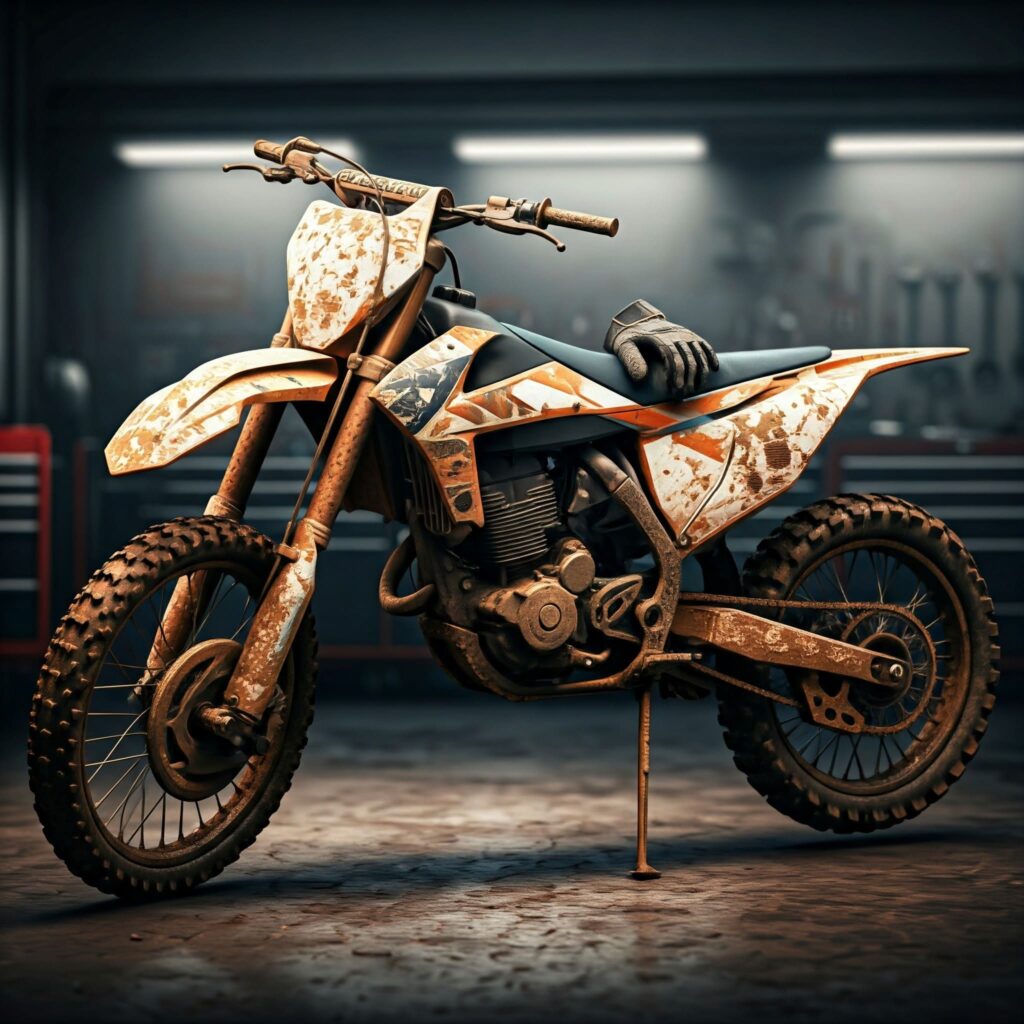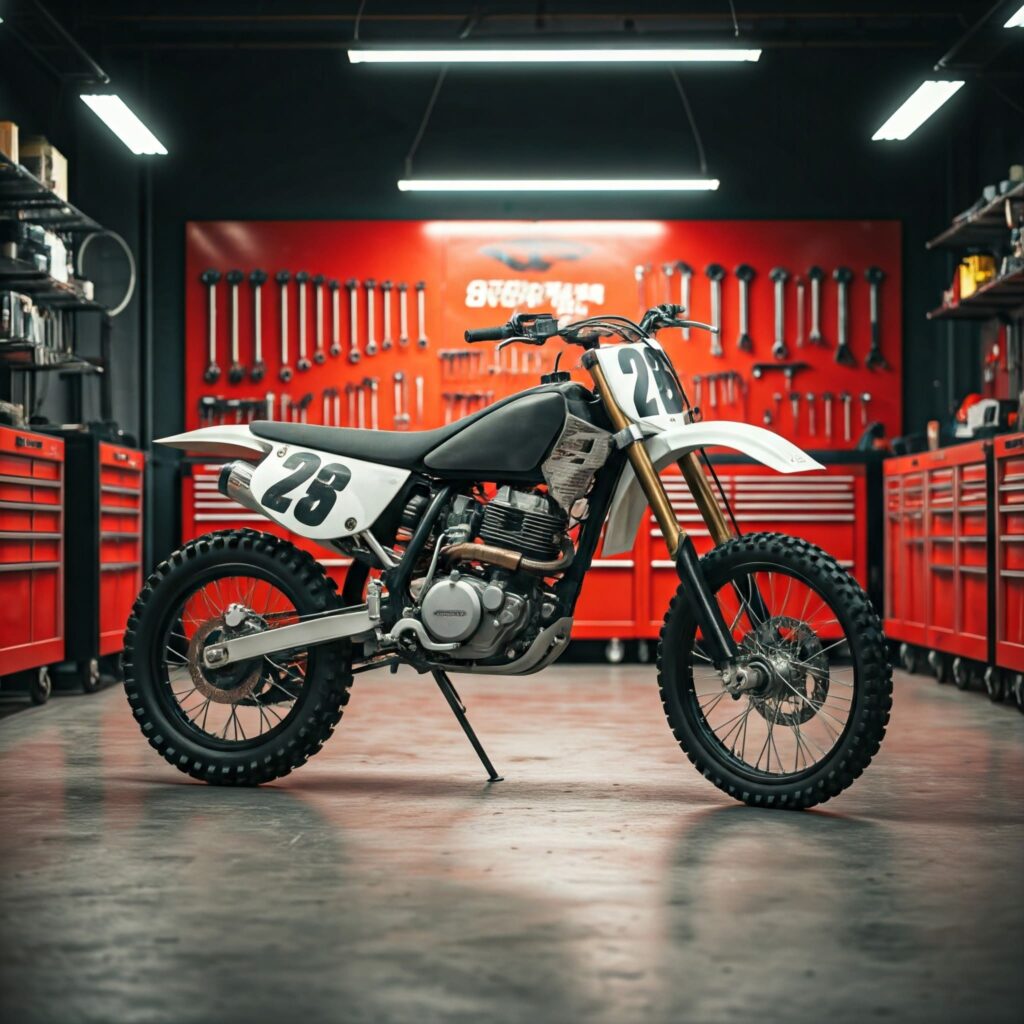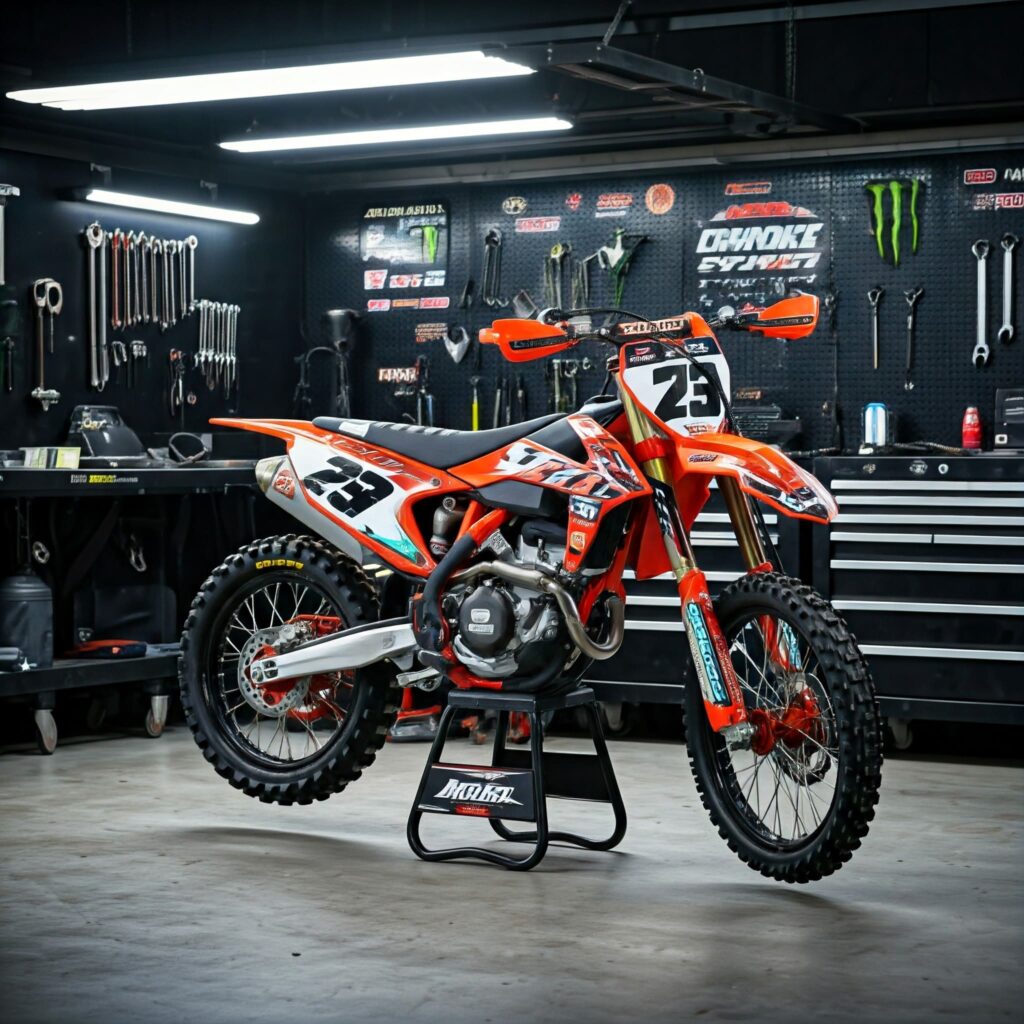Dirt biking is thrilling, and understanding your bike’s mechanics can enhance performance and safety. This guide examines the wet clutch system and common issues like clutch grabbing.
What is a Wet Clutch?
A wet clutch operates within a lubricated environment, submerged in oil. This design minimizes friction and prolongs the clutch’s life, making it ideal for dirt biking.
Components of a Wet Clutch System
- Steel Plates: Durable and capable of handling high pressures.
- Fiber Plates: Located between steel plates, providing essential friction for engagement.
- Spring Mechanism: Maintains tension for effective clutch operation.
How Does a Wet Clutch Work?
When the clutch lever is pulled, the springs compress, separating the steel and fiber plates and preventing energy transfer. Releasing the lever allows the plates to engage, transferring power to the rear wheel.
Common Issues with Wet Clutches
Wet clutches can experience wear and tear over time, leading to issues such as slipping, sticking, and uneven performance.
Signs of Worn Clutch Plates
- Slippage: Engine revs without matching acceleration.
- Sticky Engagement: Difficulty in smooth operation.
- Excessive Free Play: Increased lever travel before engagement.
Importance of Maintenance
Routine maintenance is essential for the longevity of the wet clutch system. This includes inspections, timely replacement of worn parts, and using the right lubricants.

The Role of Fluid in Wet Clutch Systems
Fluid plays a crucial role beyond lubrication, aiding in heat dissipation and smooth operation.
Consistency in Clutch Feel
The type of fluid affects the rider’s experience. A consistent lever feel is vital for effective clutch engagement.
- Progressive Clutch Action: Allows smooth engagement.
- Grabby Clutch Action: Abrupt engagement that may unsettle inexperienced riders.
Viscosity and Clutch Performance
Oil viscosity significantly impacts clutch engagement:
- Thicker Oils: Foster smoother engagement, which is beneficial for technical riding conditions.
- Thinner Oils: Enable quicker engagement but may cause instability during slow maneuvers.
Comparative Analysis of Dirt Bike Oils
When selecting motorcycle oil, considering performance features across brands is crucial. Below is a comparison of three notable synthetic 10W-40 oils for dirt bikes:
- AMSOIL Synthetic 10W-40 Dirt Bike Oil:
- Key Features: Consistent clutch feel, excellent gear protection, high-temperature resistance.
- Motul 7100 4T 10W-40:
- Key Features: Strong wear protection, good cold-weather performance, suitable for high-performance bikes.
- Bel-Ray H1R Racing 4T 10W-40:
- Key Features: Outstanding thermal stability, excellent wear protection for racing conditions, optimized for high-stress and competitive applications.
Test Results
A comparative test evaluated the performance of a specific synthetic dirt bike oil (“AMSOIL Synthetic Dirt Bike Oil”) against a leading OEM-branded oil in a simulated race start scenario. The test assessed clutch feel, durability, and plate wear.
Key Findings:
- The specific synthetic dirt bike oil demonstrated consistent clutch feel throughout the test, even after 32 simulated starts.
- The OEM oil exhibited inconsistent clutch lever action and diminished clutch feel after 16 starts.
- Clutch plates lubricated with the specific synthetic dirt bike oil showed minimal wear and discoloration.
- Plates lubricated with the OEM oil displayed noticeable discoloration and signs of wear.

Summary
Choosing the right lubricant is essential for optimal performance in dirt biking. Each oil has unique characteristics suited to various riding styles and conditions. This analysis offers valuable insights for riders to make informed choices based on specific needs and preferences.
FAQs
1. What causes clutch grabbing in dirt bikes?
Clutch grabbing often results from worn plates or inappropriate oil viscosity.
2. How frequently should I change my dirt bike oil?
It is recommended to change oil every few rides or according to the manufacturer’s guidelines.
3. Can I use automotive oil in my dirt bike?
While some automotive oils may be usable, it is best to use oils designed for wet clutch applications.
4. How can I tell if my clutch plates need replacing?
Indicators include slippage, sticky engagement, or excessive lever travel before engagement.
